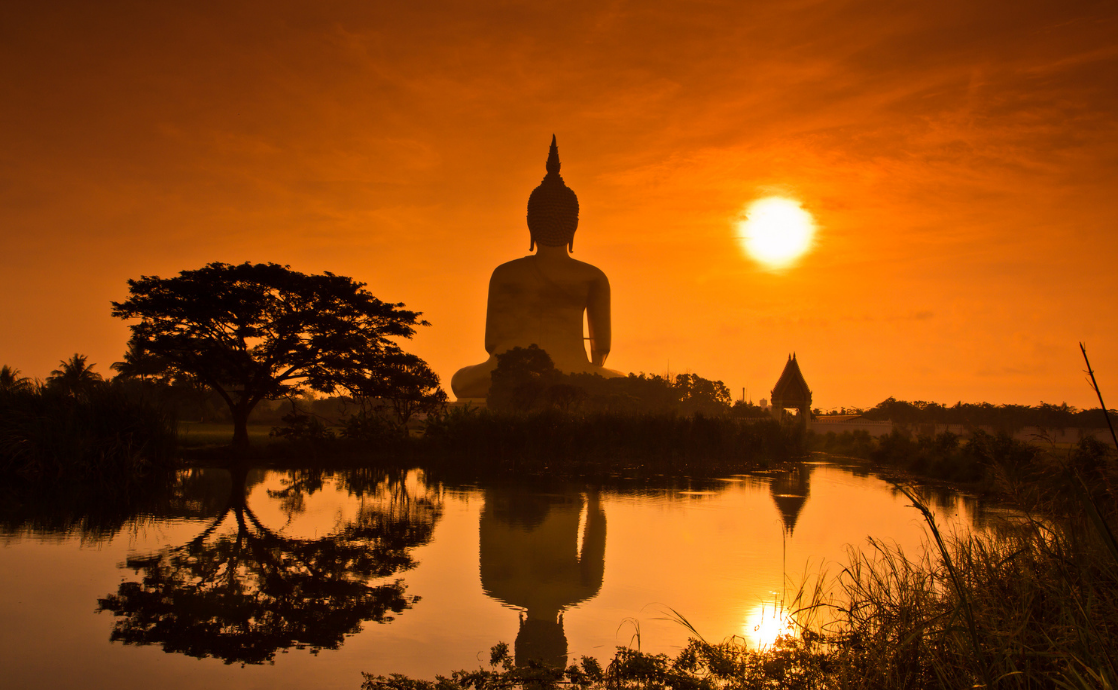In the multifaceted tapestry of global spirituality, the inquiry surrounding the predictions of the End Times is particularly provocative. This examination posits a playful question: do Eastern religions, with their rich philosophical traditions and prophetic narratives, provide insights into eschatological themes akin to those found in the Western context? Such an exploration not only invites an amalgamation of beliefs but also necessitates a rigorous analysis of how diverse traditions perceive the culmination of human existence and the transformative potential embedded within their eschatologies.
To embark on this intellectual voyage, it is essential to delineate the context of Eastern religious paradigms. Major religions such as Hinduism, Buddhism, Taoism, and Zoroastrianism each present unique perspectives on time, existence, and cosmic cycles that diverge fundamentally from the linearity often characterized in Western religious thought. Herein lies the principal challenge: reconciling these distinct frameworks into a harmonious understanding of potential prophetic revelations regarding the End Times. This inquiry delves deeper into the eschatological concepts contained within these traditions.
The Hindu tradition, with its intricate cosmology, introduces the concept of ‘Kali Yuga’—often translated as the “Age of Darkness.” Within this cyclic worldview, time is not viewed as a straightforward progression but as a series of cycles, known as ‘Yugas,’ which encompass the rise and fall of civilizations and humanity itself. The current age, Kali Yuga, is marked by moral decay, discord, and a gradual slip into ignorance. However, what is remarkable is the inherent belief in renewal. The arrival of Kalki, the prophesied tenth avatar of Vishnu, heralds a future where righteousness will be restored, leading to the commencement of a new cycle. This notion of cyclical renewal prompts a salient inquiry: can the darker aspects of the human experience ultimately yield a transformative resurrection?
Similarly, Buddhism contributes its distinct interpretation of end-time prophecies through the lens of impermanence and the concept of ‘Maitreya,’ the future Buddha. Prophetic narratives speak to Maitreya’s return as a pivotal moment that symbolizes the widespread realization of enlightenment and compassion among humanity. The Buddhist approach, with its emphasis on individual awakening, invites a nuanced understanding of how personal transformation aligns with collective evolution. The quest for enlightenment stands as a metaphorical guidepost in navigating life’s tribulations and may denote a paradigm shift that transcends traditional End Times narratives.
Moreover, Zoroastrianism, one of the world’s oldest monotheistic faiths, intricately weaves together elements of duality and cosmic struggle, culminating in the depiction of the ‘Frashokereti’—a final renovation of the universe. The prophetic vision encapsulated in Zoroastrian texts provides a vivid illustration of the righteous triumphing over malevolence, leading to the restoration of purity and the resurrection of the dead. This eschatological narrative is rich with allegorical possibilities, urging adherents to reflect upon their moral choices in the present as instrumental in shaping the future. Thus, the interplay of good and evil within Zoroastrian doctrine invites inquiries into moral agency in a world fraught with challenges.
Taoism, while not typically associated with overt end-time prophecies, offers a perspective rooted in the balance of opposites and the cyclical nature of the universe. The Tao Te Ching articulates a vision of harmony and the interconnectedness of all things. Though the term ‘End Times’ may not directly apply in this tradition, the recognition of cyclical patterns and the notion of ‘returning to the source’ underscore an intrinsic understanding of inevitable transformations. The question thus arises: can the Taoist philosophy provide a roadmap to navigate the uncertainties and existential crises of contemporary life, ultimately steering humanity toward a more harmonious state of being?
As we endeavor to discern commonalities and divergences among these Eastern teachings, it becomes evident that each religion not only addresses existential crises but also portrays a unique vision of hope and renewal. The challenge resides in transcending ethnocentric perspectives that stubbornly distinguish between Eastern and Western apocalyptic visions. A synthesis of insights can illuminate pathways that transcend binaries and enable individuals to engage deeply with the sagas of existence, death, and renewal.
The East has much to impart regarding the human experience. When viewed through the lens of multiplicity, the diverse teachings illuminate the shared threads of struggle, redemption, and rebirth. The question then begets reflection: can the teachings of the East, with their profound wisdom and intricate interpretations of cyclical time, augment the Western perspective of linear apocalyptic narratives? This exploration is not merely an academic exercise but an invitation to contemplate our collective journey, to understand that within the crises we face lies the potential for transformation.
In conclusion, the exploration of Eastern religious teachings regarding the End Times invites a dialogue rich with implications for personal and collective growth. The interplay of cyclical time, prophetic visions, and moral agency fosters an environment where existential inquiry becomes an impetus for social and spiritual evolution. As this discourse unfolds across cultural and philosophical divides, it beckons for a collaborative ethos rooted in understanding, compassion, and the shared pursuit of enlightenment. This not only enriches our spiritual tapestry but also prepares humanity for the profound transformations that allegedly await us in the future.
